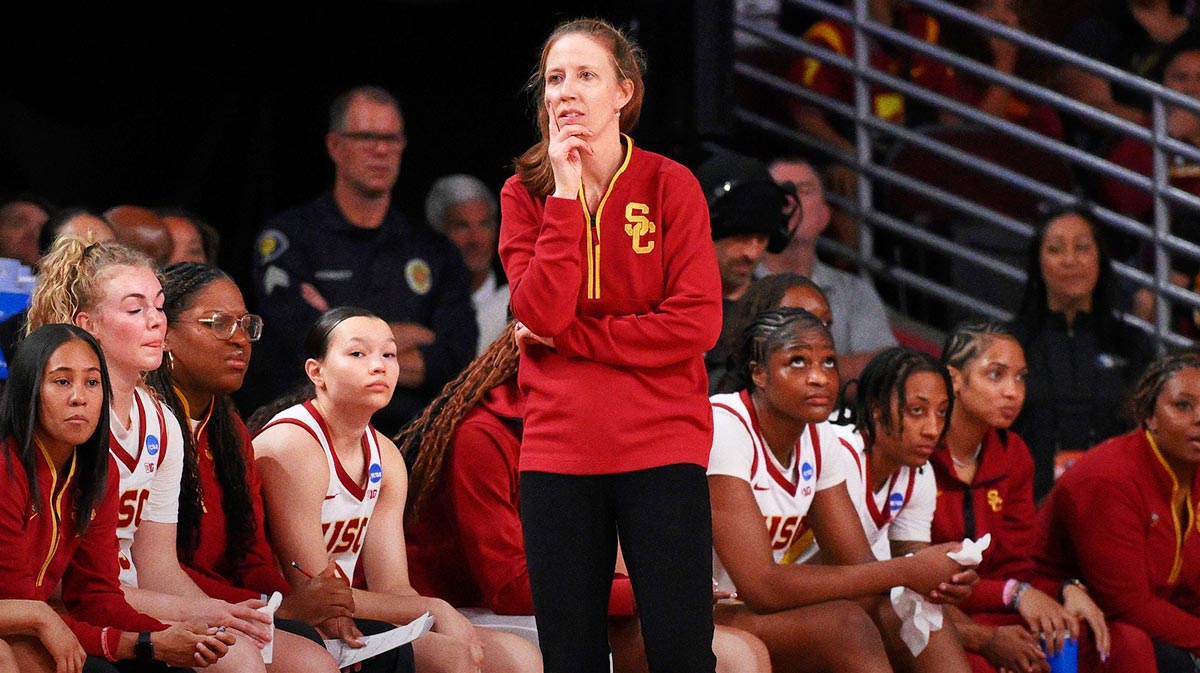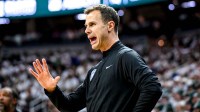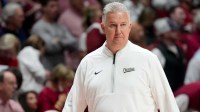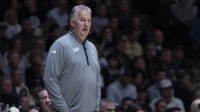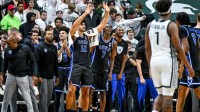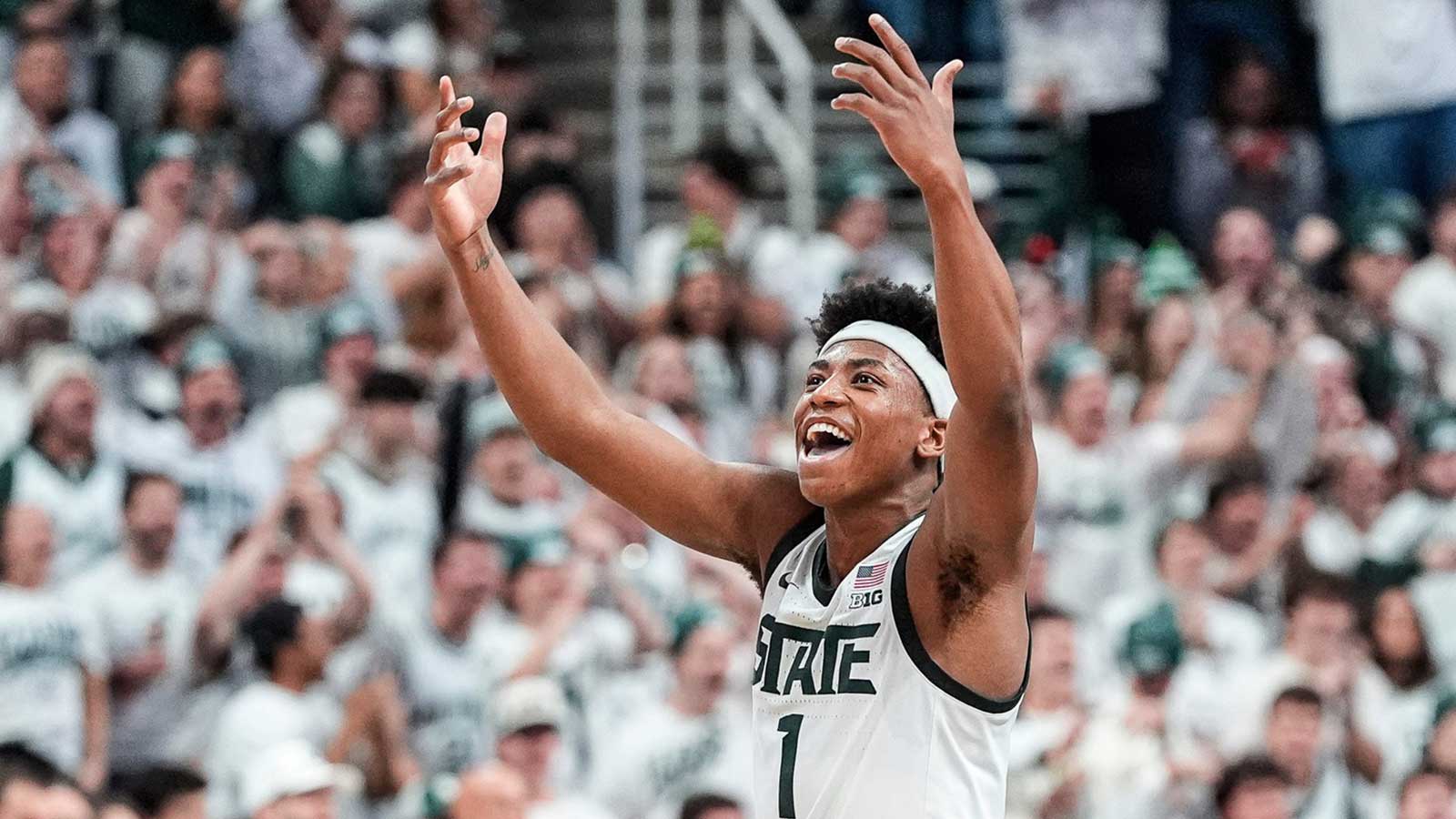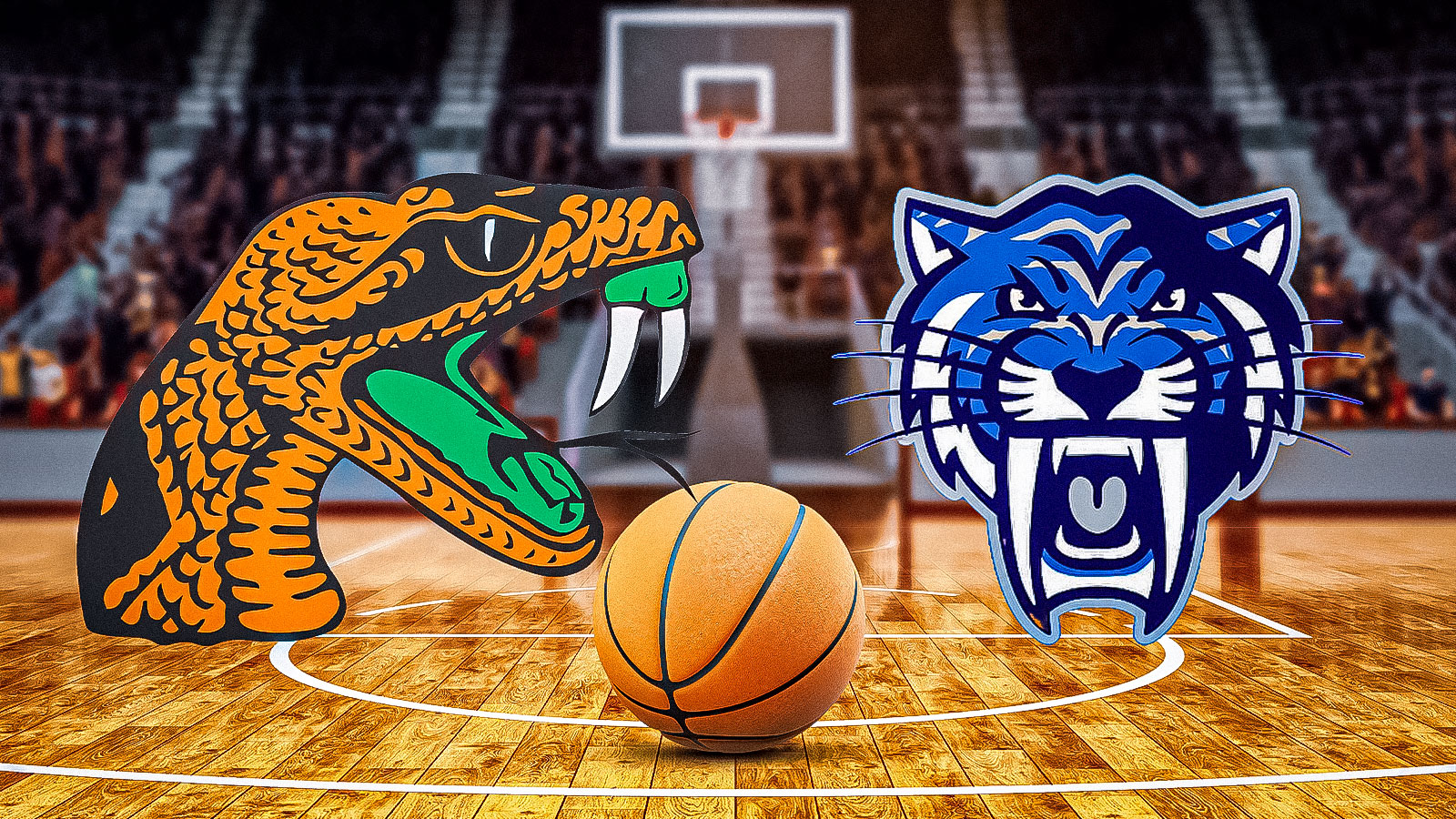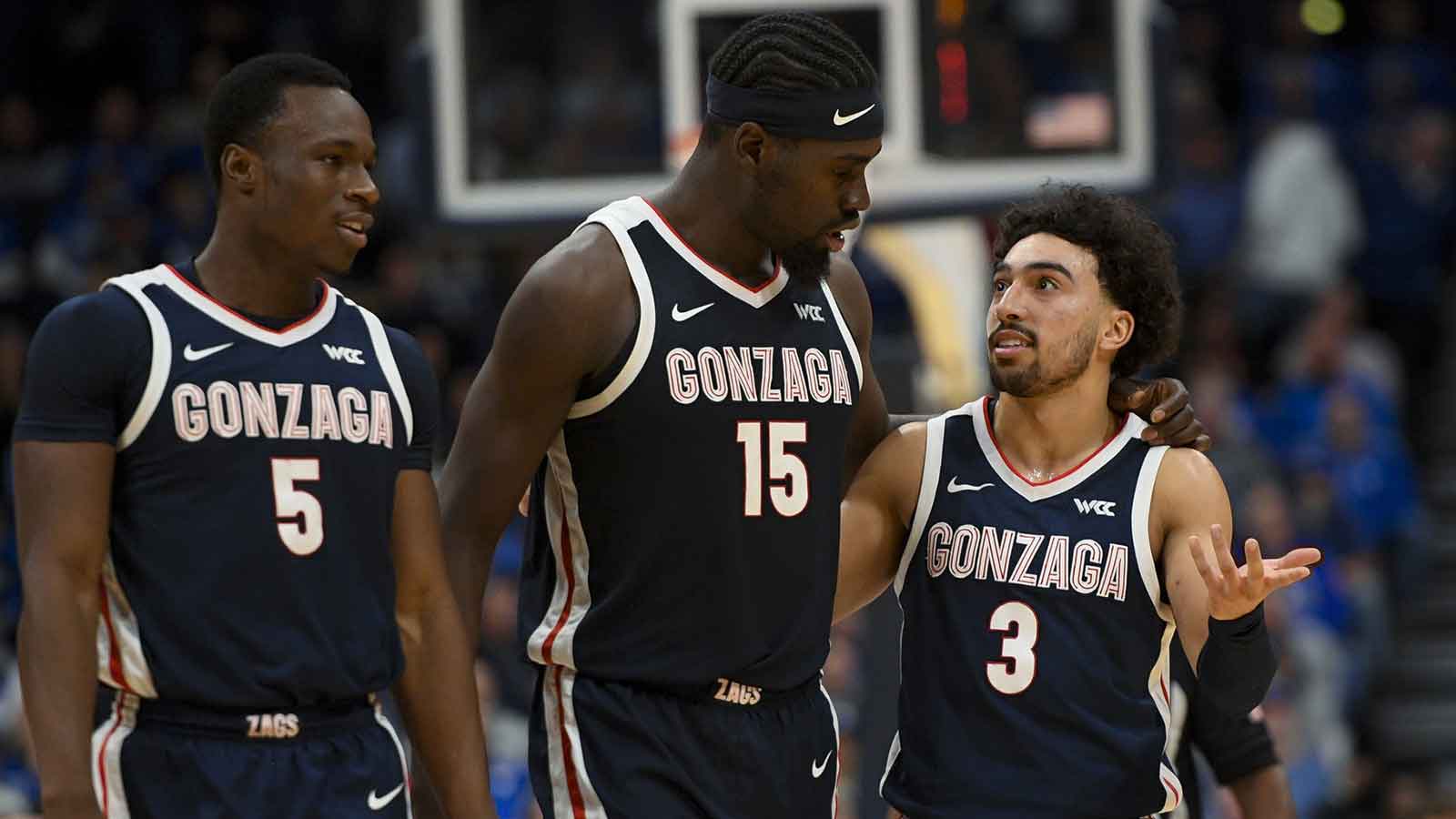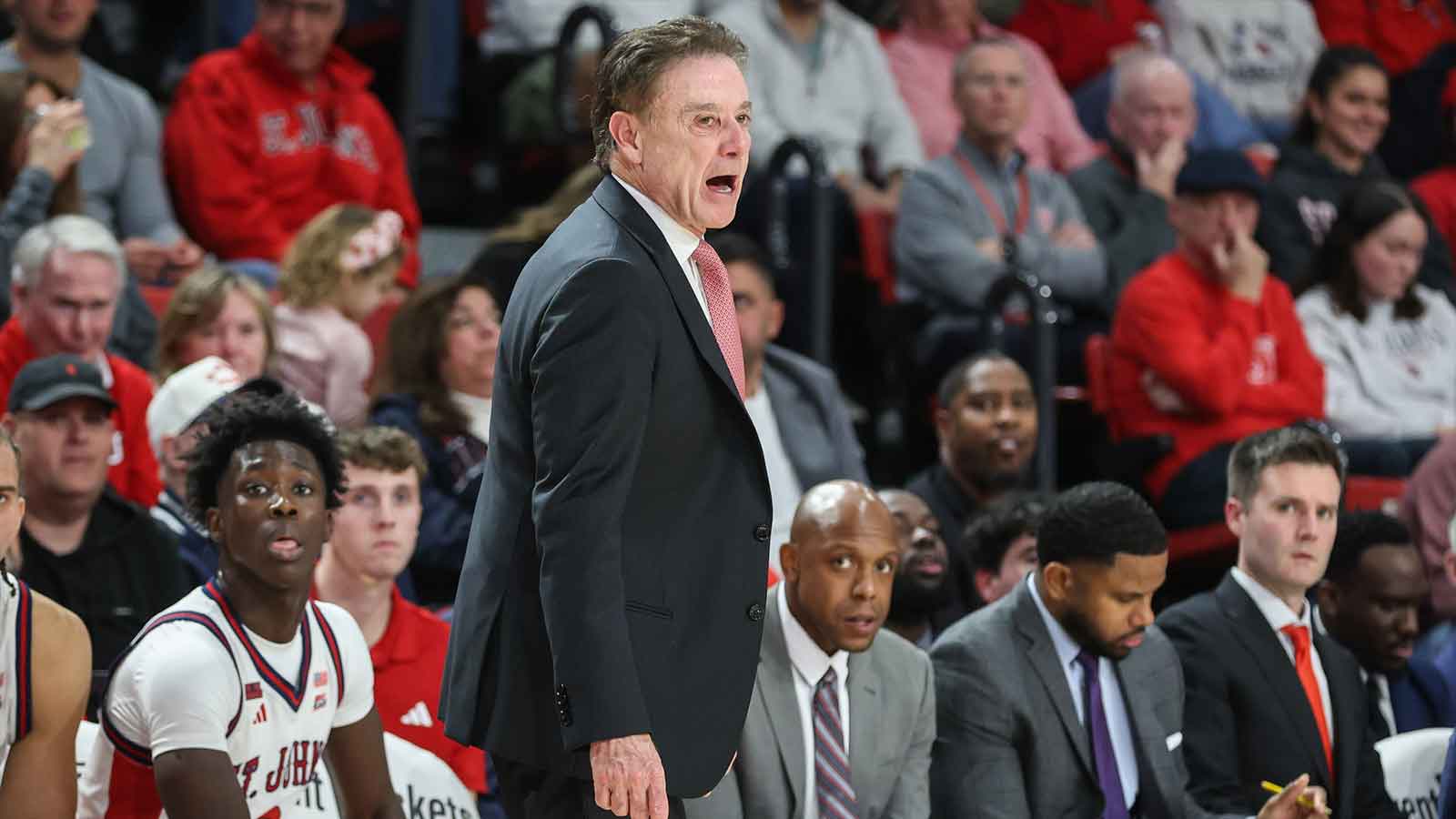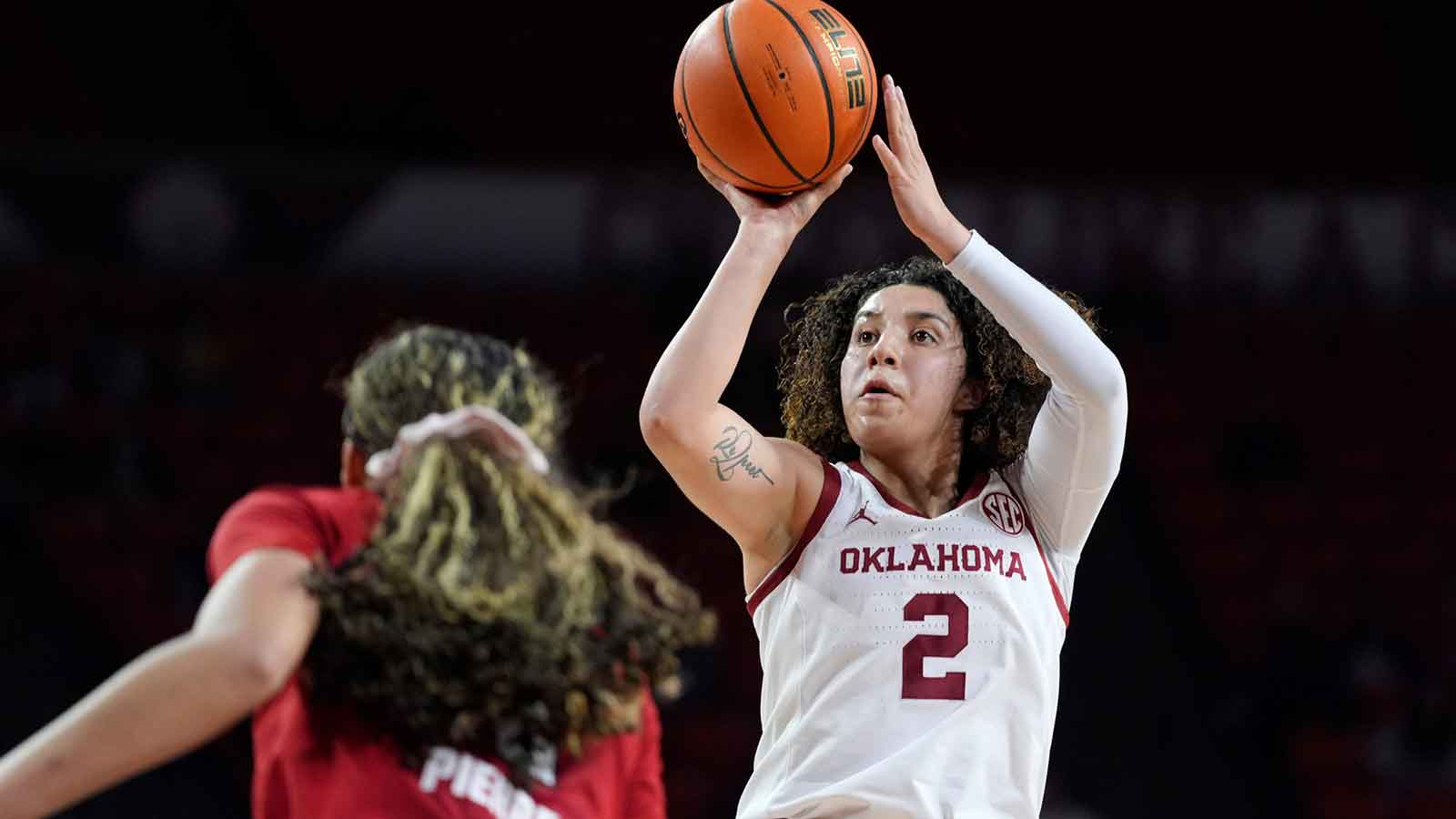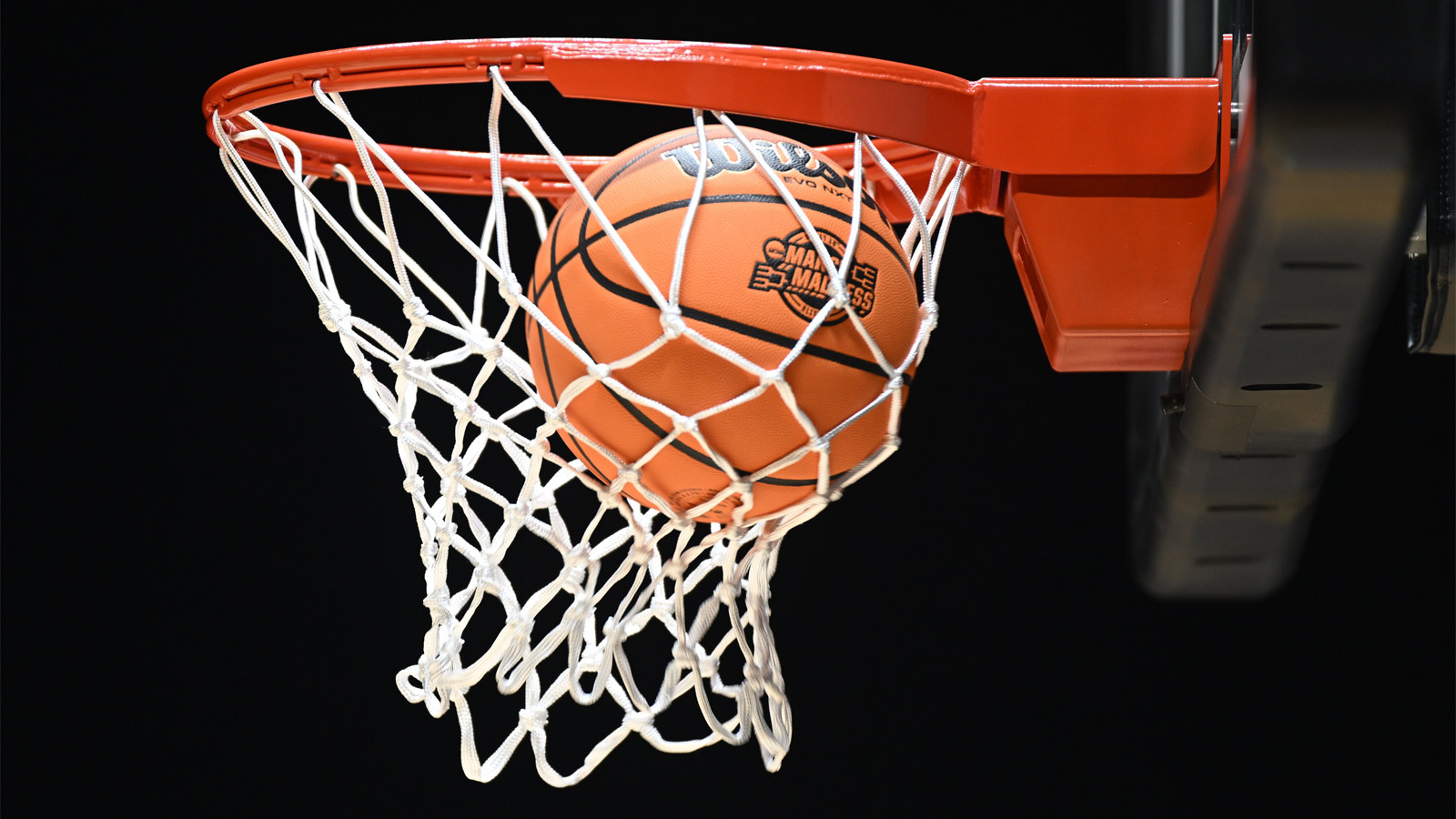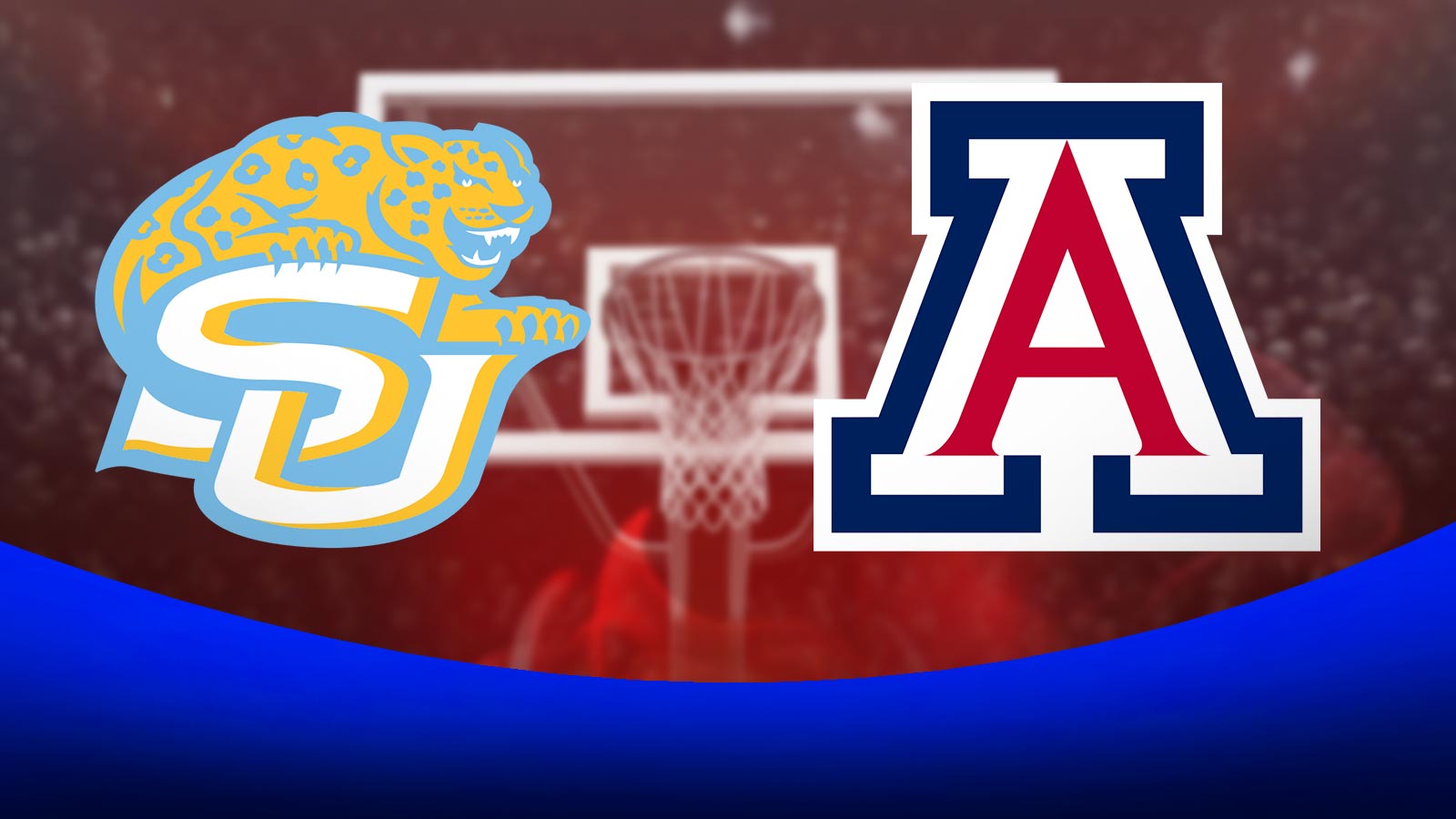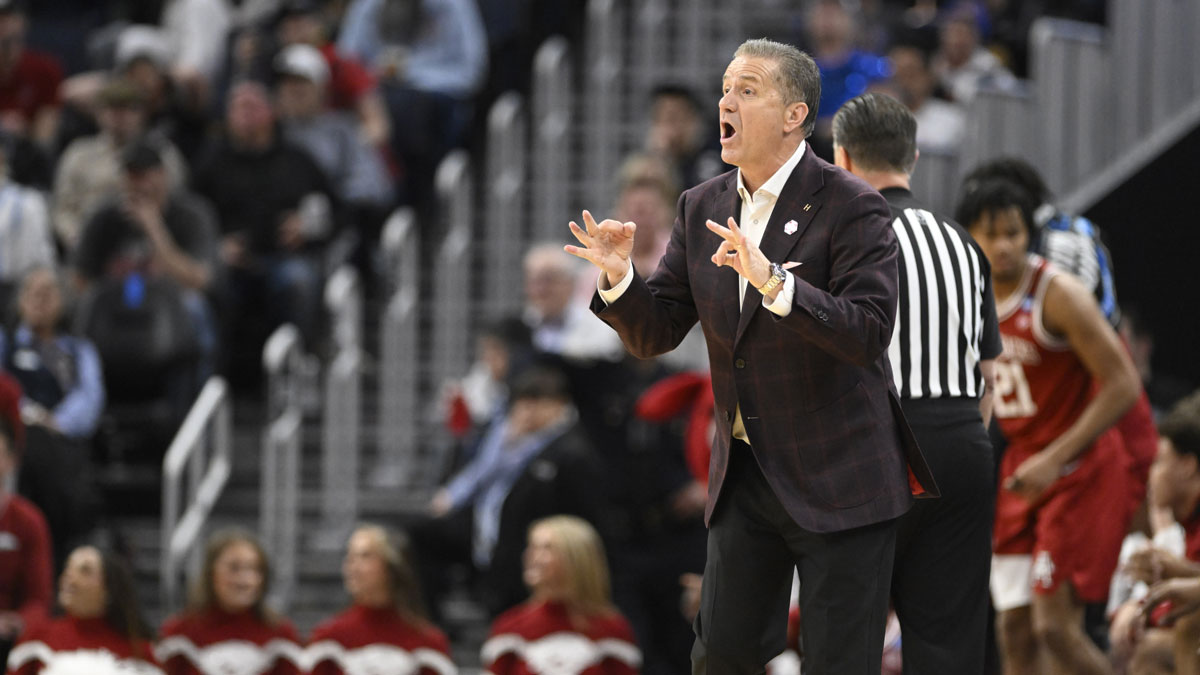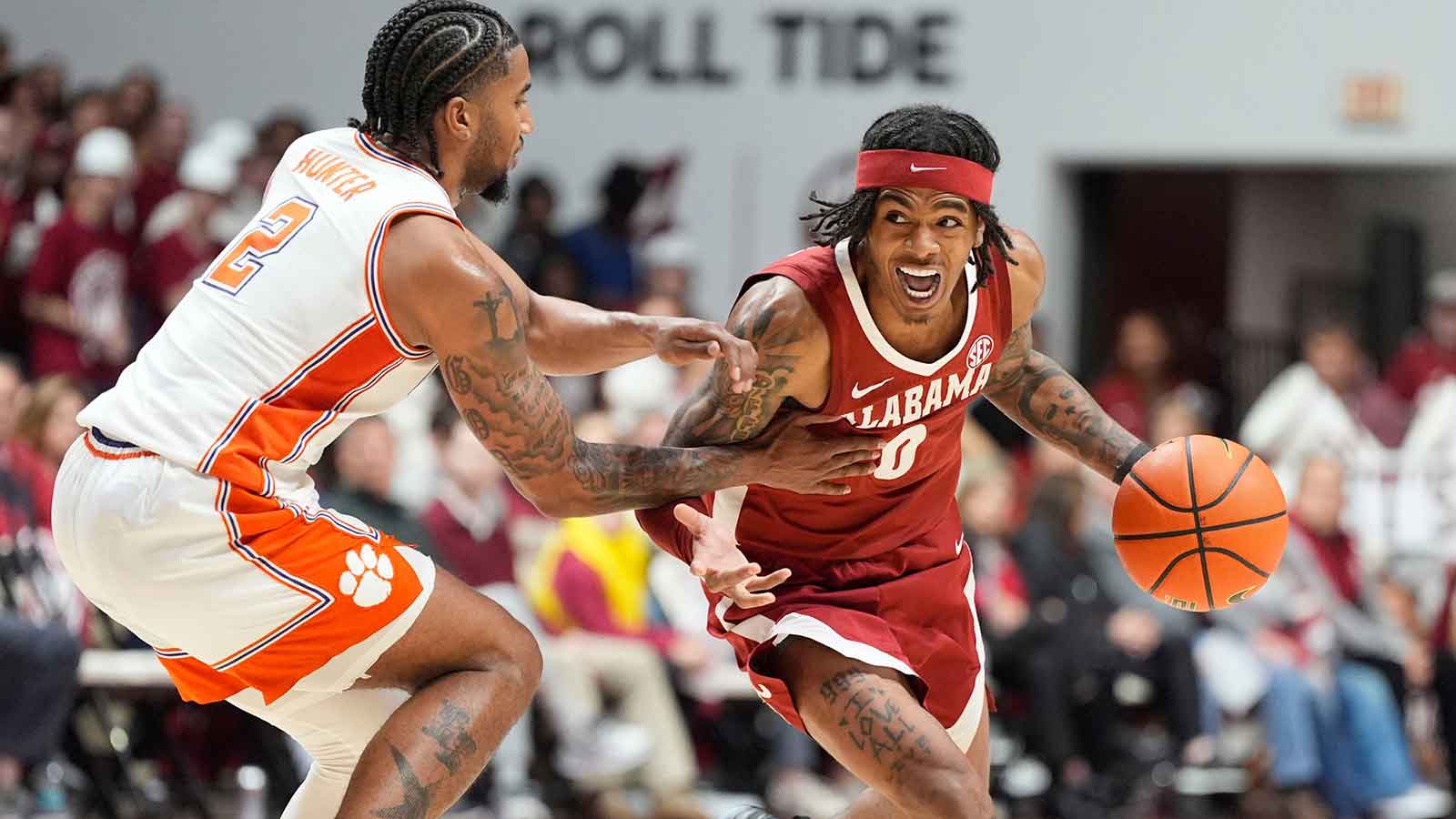The transfer portal has become the defining force for constructing rosters in college basketball, and in 2025, it has reshaped the women’s game more dramatically than any season in recent memory. This year’s crop of transfers has redrawn the competitive map across major conferences. Each of these players brings not only individual talent but also unique skill sets that fill strategic needs for their new programs.
However, predicting the precise impact of these transfer moves requires balancing talent with context. Their arrivals will have wide-ranging implications for team dynamics, conference hierarchies, and even the future of the women’s game as it evolves in the era of mobility. Let's take a look and see what kind of mark these impactful players may leave on their new squads.
Meet the AP All-America women’s college basketball team. pic.twitter.com/jao7p5AJJw
— The Associated Press (@AP) October 21, 2025
Ta'Niya Latson and Madina Okot, South Carolina
No program has been impacted more by the portal this offseason than the South Carolina women's basketball team. Head coach Dawn Staley, already the architect of multiple national championships, once again used the transfer window to ensure her program’s dominance continues. The headline addition, Ta'Niya Latson, arrives from Florida State as the nation’s leading scorer, having averaged over 25 points and career highs in assists (4.6) and steals (2.2) in the 2024-25 season.
Latson is an explosive 5-foot-8 guard whose blend of speed, creativity, and mid-range precision made her one of the most difficult players in the nation to defend. Her game is defined by relentless attacking, as she can break down defenders off the dribble, finish through contact, and shoot from distance with consistency.
At Florida State, Latson carried a massive offensive load, functioning as both primary ball-handler and top scoring option. But at South Carolina, she enters a deeper and more balanced rotation. Staley’s system emphasizes defensive pressure, tempo control, and ball movement, and Latson will likely see a reduction in shot volume in exchange for greater efficiency.
This adjustment may only amplify her value, though. Surrounded by elite talent, she will encounter less defensive focus than she faced in Tallahassee, which will allow her to thrive as a secondary initiator who can make her mark late in games. South Carolina has occasionally struggled to find perimeter players who could generate their own offense against elite defenses, and Latson solves that problem decisively.
Complementing her arrival is 6-foot-6 center Madina Okot, who transferred from Mississippi State after averaging nearly a double-double in the SEC with 11.3 points and 9.6 rebounds. Okot provides the kind of physical rim presence that has historically powered Staley’s most dominant teams.
Okot's length, rebounding instincts, and shot-blocking ability will reinforce the Gamecocks' already formidable defense. Offensively, she offers efficient scoring around the rim, hitting nearly 65% of her shots from the field last season.
For South Carolina, the combination of Latson’s perimeter scoring and Okot’s interior control should make them overwhelming favorites not only in the SEC but nationally. Their offense, now multi-layered, can dominate in both transition and half-court while their defense remains elite.
Together, Latson and Okot give the Gamecocks the two elements they needed most: An elite shot-creator on the perimeter and a stabilizing inside force. Latson’s explosiveness and Okot’s size complement each other well, allowing South Carolina to attack opponents from every level of the floor. With these additions, the Gamecocks enter the 2025-26 season as one of the most complete teams in the nation and the early favorite to reclaim the national championship.
Olivia Miles, TCU
Few transfers carry the pedigree or playmaking skills of Olivia Miles. After three standout seasons at Notre Dame, where she averaged a career-high 15.4 points, 5.8 assists, and 40.6% shooting from beyond the arc in 2024-25, Miles stunned the college basketball world by choosing TCU for her final year. Her decision is not only a personal reset after injury setbacks but also represents a growth in ambition for the TCU program, which has sought to rise in the Big 12 hierarchy.
Miles' game is built on vision and control — she sees passing lanes before they develop and orchestrates offense with the poise of a professional. Her ability to rebound and push the ball in transition also makes her one of the few guards in the country who can generate tempo single-handedly.
At Notre Dame, she was the creative engine of one of the nation’s most aesthetically pleasing offenses. At TCU, she will be the undisputed leader of a program seeking to transition from respectable to formidable. Her impact will likely be felt on multiple levels. Statistically, TCU’s assist totals should increase dramatically, and teammates will benefit from a steady stream of open looks they weren't enjoying before.
Intangibly, her presence brings legitimacy to a women's basketball program that's establishing its national identity. Miles’ arrival could help the Horned Frogs secure their first consistent national ranking in years and perhaps deliver an NCAA Tournament win that cements TCU as a Big 12 force.
While Miles may not replicate the collective talent base she enjoyed with the Fighting Irish, her leadership and skill set are precisely what a program like TCU needs to accelerate its growth. Miles will likely lead the Big 12 in assists and could elevate the Horned Frogs to their best finish in program history.
MiLaysia Fulwiley, LSU
Few players in college basketball embody flair and creativity like MiLaysia Fulwiley. Fulwiley's transfer from South Carolina to LSU in April was one of the most surprising moves of the offseason, not because of talent but because of the rivalry. Fulwiley leaves the Gamecocks, where she served as the SEC Sixth Woman of the Year, to join head coach Kim Mulkey’s Tigers, a perennial powerhouse looking to regain its edge after a season of near misses.
Fulwiley’s style is electric. She thrives in transition, possesses elite handles, and can create highlight-reel plays seemingly at will. At South Carolina, her efficiency and energy created her shining moments, while her biggest challenge was finding consistent playing time in a deep rotation. At LSU, she will have both opportunity and freedom.
Mulkey’s system emphasizes offensive aggression and pace, which align perfectly with Fulwiley’s instincts. She will likely be a primary option off the bench or even a starting guard in certain matchups, injecting scoring punch whenever the offense stalls.
Fulwiley's presence allows LSU to maintain pressure on opponents throughout the game, as her speed and creativity can overwhelm tired defenses. Moreover, Fulwiley’s experience on a championship roster will be invaluable in March, when composure and confidence matter most.
If she continues to mature as a decision-maker, reducing turnovers and improving shot selection, Fulwiley could evolve from an energy spark to an All-SEC caliber guard. Her move to Baton Rouge might be mutually beneficial — LSU gains depth and dynamism, and Fulwiley gains the stage to display her full offensive skillset.
The Tigers, always among the nation’s most talented teams, gain critical depth and renewed energy. Fulwiley’s ability to break open games could be the difference in close SEC contests — especially when LSU and South Carolina meet in February.
Serah Williams, UConn
Over at UConn, the addition of Serah Williams from Wisconsin signals a recalibration of a team that lost a big piece of its offense to the WNBA in Paige Bueckers. For several seasons, head coach Geno Auriemma’s Huskies have leaned heavily on perimeter production from their talented group of guards, while inconsistency in the paint sometimes limited their versatility.
Williams, a 6-foot-4 big, arrives as a proven inside scorer and defender who averaged 19.2 points and 9.8 boards in the Big Ten last campaign on 51.5% shooting. Her strength lies in her efficiency and defensive discipline, and she plays with controlled aggression, establishing deep post position and finishing through contact while rarely forcing shots.
Defensively, her timing as a shot blocker and her ability to defend the pick-and-roll will allow UConn to play more aggressive perimeter defense, knowing the paint is secure. Her presence immediately expands Auriemma’s tactical options since he can now pair her with a stretch-four to maintain spacing or with another true post player to dominate the boards.
However, the most profound effect of Williams’ transfer may be mental. UConn’s identity has long been tied to dominant interior players in the past, like Rebecca Lobo, Tina Charles, and Breanna Stewart, but recent seasons have lacked that kind of anchor. Rising sophomore Sarah Strong seems to be moving into that role as well, but adding Williams definitely restores that lineage.
With Williams, UConn can reassert its identity as a two-way powerhouse capable of dictating tempo against any opponent. She could not only elevate UConn’s defensive floor but also enable the guards to play freer, knowing they have a reliable target inside. In the high-pressure environment of March, when half-court execution becomes even more important, that balance could be the difference between another deep run and restarting a championship drought.
Gianna Kneepkens, UCLA
Experienced senior wing Gianna Kneepkens brings precision with her to UCLA. The Utah transfer is one of the finest sharpshooters in the country, shooting 43.2% from three over her four years with the Utes. UCLA’s recent tournament teams have been built on defense, rebounding, and balanced scoring, but at times, the Bruins lacked the consistent outside shooting necessary to stretch elite defenses.
Kneepkens solves that issue immediately. Her quick release and ability to shoot both off the catch and off movement make her a constant threat. Defenses that fail to contain UCLA’s post players will now pay heavily, and her presence will open driving lanes for guards and reduce double-teams on the interior.
Beyond shooting, Kneepkens brings maturity and composure to a team that lost several veterans to graduation and the transfer portal. She understands spacing, timing, and how to play within an offensive structure. At Utah, she carried star responsibilities, and at UCLA, she can operate more freely within Cori Close's system, which values unselfishness and ball movement.
While UCLA faces the challenge of integrating new faces after some roster turnover, Kneepkens’ skill set is plug-and-play. Her influence will extend beyond her box-score numbers since she will change how opponents defend the Bruins altogether. For a program on the cusp of consistent Final Four contention and threatening for a championship, she could be the missing offensive piece.
UCLA’s offense should improve substantially with Kneepkens, particularly in 3-point shooting percentage. Expect her scoring average to remain in double digits — she finished fourth in the Big 12 last year with 19.4 points per game — while her efficiency possibly climbs even higher.
Janiah Barker, Tennessee
Tennessee’s acquisition of Janiah Barker reflects a calculated attempt to return the Lady Vols to national prominence. Barker, a 6-foot-4 forward who has already logged experience at Texas A&M and UCLA, brings physicality and versatility to a program in transition under second-year head coach Kim Caldwell.
At UCLA, she contributed modest counting stats, averaging 7.4 points and 6.0 rebounds per game with only three starts, but those numbers understate her defensive value and positional flexibility. Barker’s skill set is ideal for the up-tempo, pressure-driven style Caldwell has introduced in Knoxville.
Barker can guard multiple positions, rebound effectively, and contribute as a secondary scorer. Tennessee has struggled in recent years with consistency at the forward spots, oscillating between small-ball lineups that sacrificed rebounding and traditional lineups that lacked mobility. Barker provides the best of both worlds.
Increased playing time should allow her to rediscover the confidence that made her a top-10 recruit out of high school. Barker's length and athleticism will immediately strengthen Tennessee’s rebounding margin, and her experience playing in the Final Four with UCLA ensures that she brings championship poise to a roster heavy with underclassmen.
While she may not become a statistical star, her intangible contributions, like defensive communication, energy, and leadership, will elevate the team’s baseline performance. Barker’s arrival represents the epitome of the modern transfer portal era — talented players who once sought stardom at power programs now find ideal fits where their strengths are maximized.
For Tennessee, she represents stability, toughness, and renewed optimism in the SEC arms race. While not a statistical headliner, Barker will quietly anchor improvements in defense and rebounding that could propel the Lady Vols back into the Top 25.
Londynn Jones, USC
The final significant portal move of the offseason belongs to USC's Londynn Jones, who made the short but symbolically seismic journey from crosstown rival UCLA. Jones, a 5-foot-4 guard and one of the Big Ten’s most accurate 3-point shooters, brings a specialist’s edge to Lindsay Gottlieb’s Trojans. Her decision to switch sides of Los Angeles is an attempt for the program to salvage its profile following the loss of star JuJu Watkins to an ACL injury for the 2025-26 campaign.
Jones’ value lies in her shooting gravity. She hit career lows in points per game and 3-point shooting percentage at UCLA last season, with 8.5 and 35.1%, respectively, but that slump was more of a result of low usage than anything else. Jones' arrival could dramatically improve USC’s efficiency, as opponents will now face immediate punishment from the perimeter.
But Jones is more than a stationary shooter. She plays with relentless energy, defends with quick hands, and thrives in late-game moments. Her familiarity with championship-caliber environments makes her transition smoother than most transfers. In Gottlieb’s system, she will likely fluctuate between being a starter and sixth-woman depending on matchups as she gains the freedom to create her own shots.
The broader consequence of her move is more competitive parity in LA. UCLA loses a trusted perimeter scorer, while USC gains a weapon it previously lacked and a go-to option with Watkins out of the lineup. Jones will ensure that the Trojans maintain offensive balance, potentially moving them back into the national conversation.
Taken collectively, these transfers reveal a sport in flux. The women’s college basketball game has never been deeper in talent or more competitive across conferences. Dominance used to be solely concentrated in a handful of programs, but the portal now enables rapid redistribution of talent, ensuring constant shifts in power.
Beyond individual teams, these movements illustrate the changing incentives of college athletes. Players now view the portal not as an escape hatch but as a tool for optimization. Latson’s decision to join a championship contender, Miles’ choice to assume leadership of an emerging program, and Fulwiley’s bold move to a rival all reflect calculated strategies to enhance both development and visibility ahead of professional careers. This fluidity enriches the sport by ensuring that talent finds the contexts in which it can thrive.
The end result of these moves will be a 2025-26 season defined by parity and unpredictability. Dominance no longer belongs exclusively to one or two programs. Instead, a collective of contenders emerges, each fortified by strong transfers who fill precise gaps. The upcoming campaign promises more competitive conference races, higher scoring averages, and a postseason where experience and chemistry, not just raw talent, will decide championships.
The 2025 transfer cycle in women’s basketball may come to be viewed as a watershed moment. It demonstrates how thoroughly the portal has been integrated into roster strategy and how players and coaches alike now navigate it with strategy.
Latson’s relocation to South Carolina, Miles' journey to TCU, Williams' renaissance at UConn, Kneepkens' sharpshooting move to UCLA, Fulwiley’s high-risk shift to LSU, Barker bringing her steadying presence to Tennessee, Jones' bold crosstown leap to USC, and Okot’s anchoring role with the Gamecocks collectively embody the spirit of modern college athletics — adaptive, ambitious, and unapologetically competitive.
Each player stands to benefit individually: Latson gains exposure on a title contender while Okot leads a defensive juggernaut, Miles earns the chance for expanded responsibility, Williams steps into a historic lineage, Kneepkens maximizes her elite shooting in a bigger market, Fulwiley seizes autonomy, Barker finds a home where her versatility is valued, and Jones secures a system that magnifies her shooting.
Together, they elevate the overall standard of play, ensuring that fans will witness one of the most intriguing and entertaining seasons in recent memory. Ultimately, the story of these transfers is about alignment, talent and opportunity, ambition, and system fit.
As the 2025-26 season begins, their collective impact will be measured not just in points or rebounds, but in how they reshape programs and redefine the competitive order. The women’s game, richer than ever in skill and visibility, continues its upward trajectory, powered by athletes unafraid to seek the environments where they can most fully flourish.

